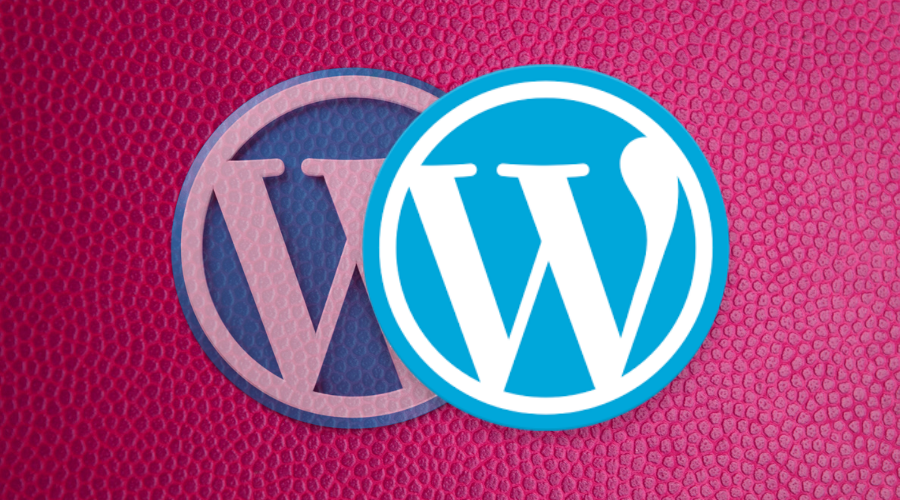Our Blog
Migrating your Website? A Website Migration Checklist for you

As businesses or individuals grow their services and products provided to their clientele, they realize that they need to better their website game. This is the area of the market where there are a tremendous number of website migration projects being taken up. Converting an existing website to WordPress from other service providers such as Wix or Blogger are the most common projects in these modern times.
Projects of this type can involve converting an in-development website to a live website, changing domain names, major platform changes, structural changes of the website, back-end changes for executing new front-end designs and UX changes, or even adapting to an entirely new content plan. Many companies opt for complete rebranding projects, changes for smartphone access, migrating new content, hybrid migrations or even converting to a .co.uk or .in. There are quite a few moving elements that you must jot down in your migration checklist.
We have curated a list of the most important points to keep in mind, keep reading to know more –
• Backup your database(s)–Backing up data is the most critical step for any organization to ensure that their data is safe in the event that any technical or data-oriented mishaps occur. Ideally, opt for a WordPress plugin that automatically performs periodic back-ups. This gives you a safe option for unfortunate situations where your site migration process failed due to some reason. Depending on the amount of traffic that your website drives, you can opt to use the SQL database or not.
If you are using another platform altogether, then consider working on a WordPress staging site to understand your desired layout and design, after which you can convert to a live WordPress website. Also, ensure that the site being converted is live, until and unless your newly developed website is released.
• Double-check your original hosting – People use all kinds of hosting platforms. You need to ensure that while you export your database, each and every bit of data is exported. Sometimes pieces of data or code get left out due to slow hosting service providers. Ensure that your new choice provides reputed hosting services. Businesses who opt for shared hosting are at a great risk of missing out on chunks of data during exporting content.
I cannot stress less on the fact that whether you are opting for HTML to WordPress conversion or any other conversion, first choose a good hosting provider, then move to your staging site, after which you can publish your production server.
• Sanitize your database before transferring –When people convert websites to WordPress or any other platform, they usually have a large amount of data to be transferred. This data must consist of hundreds of images, videos, blogs, links, etc. In fact, there are a number of plugins or customized themes that have been adopted over the course of managing your existing website. The possibility of existing viruses and harmful malware is high and can instantly impart a negative impact on the new website.
Be aware of any suspicious displaying of content on your website and also make use of plugins that help identify and eliminate such problems.
• WP-Content Data – There is a major difference in WordPress databases and wp-content folders. Databases only store your pages, menus, blog posts and any additional plugins you have installed or purchased. Whereas, the wp-content folders are responsible for all media-related content such as videos, themes (modified or ready-made), images, audio files, and PDFs.
The elements in the wp-content folder can only be saved from the staging site. Utilize an FTP tool such as CyberDuck or Filezilla to upload this content directly onto your new hosting server.
• Applying the change in name servers –Provided you are switching your existing website to a new server altogether, the last step to complete the migration would be changing the server name of the newly registered domain name. There is a term called Domain Propagation. It describes the time taken for a new domain name to point towards the newly allocated server. Once you are done diverting your domain name to the new server name, simply wait for the domain propagation period.
• Study reports regarding site analytics and links – Verification of the links on the new website is of utmost importance to ensure that no users are redirected to something that seems like gibberish. Also, make sure you download and export your old website’s analytics report to study and compare how effective has your migration decision been.
• Hide your website from SERP’s until ready – Google pretty much owns the world wide web. You need to access the CMS of your new website and ensure to enable the setting that hides your website for the time being. This is important as you do not want users to see an incomplete website. Semi-furnished content, unedited blog posts, shabby placement of content, an amateur theme are all ways in which your brand image can face a severe decline amongst the audience.
Few more valuable suggestions for your checklist would be ensuring the security of your website, primarily execute your objectives, integrate different platforms, optimize site performance, adjust existing and new pages, etc. Abiding by this checklist ensures some level of authenticity and professionalism of your digital presence.